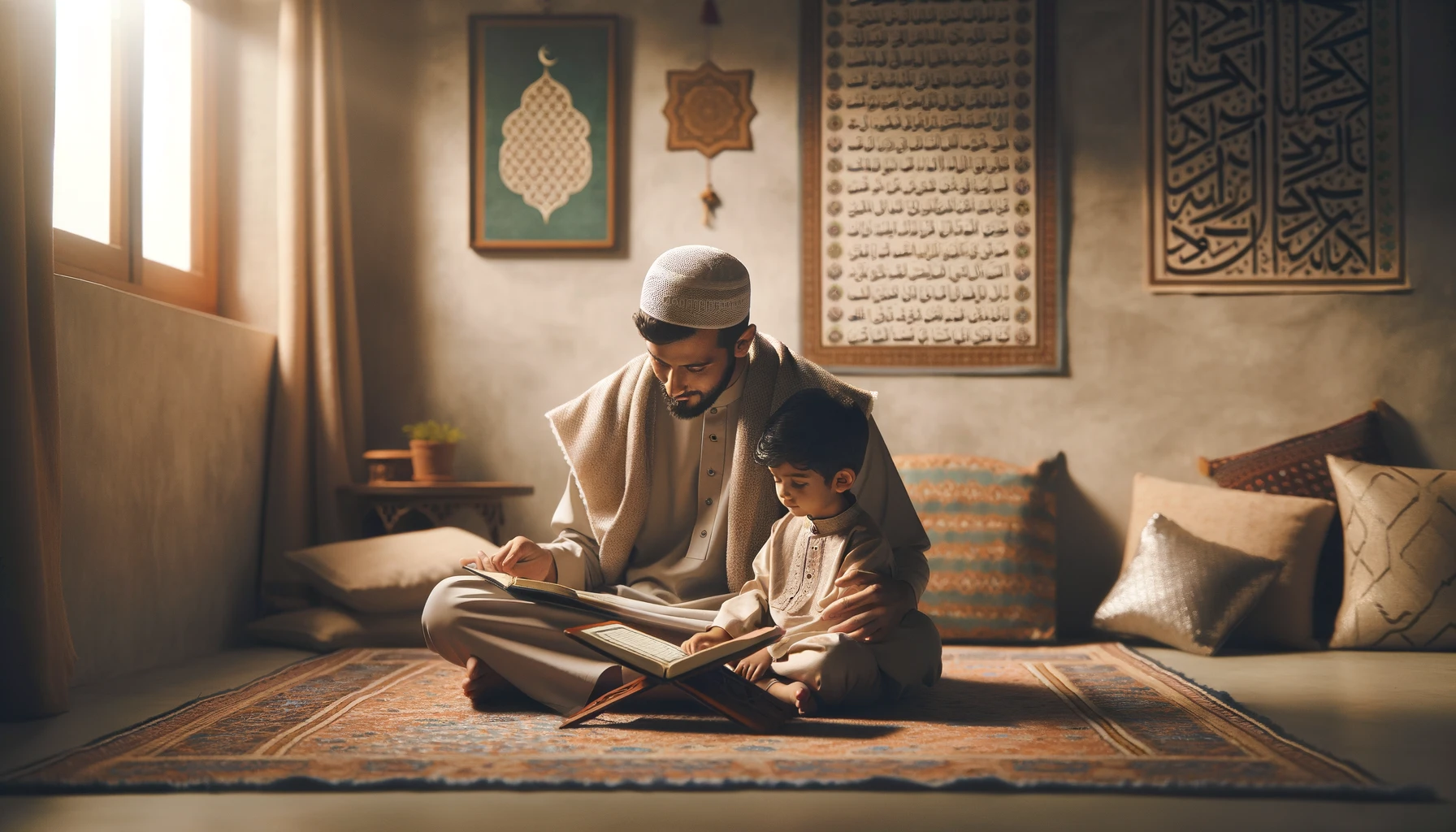The topic of when a woman can take off her hijab is complex and deeply personal.
Hijab in Islam carries profound religious and cultural significance that transcends mere fabric. In this comprehensive exploration, we will delve into hijab, encompassing its meaning, obligations, exceptions, and references from the Quran.
What is hijab
Before discussing when a woman can remove her hijab, it’s vital to understand its meaning. The hijab refers to the modest dress code prescribed in Islam for both men and women. For women, this typically involves covering the hair and body, leaving only the face and hands exposed.
Obligatory Moments for Hijab
- Puberty and Accountability: In Islamic jurisprudence, a woman becomes accountable for her actions upon reaching puberty, which typically occurs between the ages of 9 to 14. At this stage, wearing the hijab becomes obligatory.
- In the Presence of Non-Mahram: Women are obligated to observe hijab in the presence of non-Mahram individuals, who are those with whom marriage is permissible. This requirement entails covering the hair and body, except for the face and hands.
- During Prayer: Both men and women must wear the hijab during Salah (prayer) to emphasize modesty and devotion.
- In Public: Hijab should be maintained when a woman is in public spaces or interacting with non-Mahram individuals to express modesty and her religious identity.
Quranic References
The Quran and Hadith provide guidance on the importance of hijab and modesty. Surah An-Nur (24:31) states: “And tell the believing women to reduce [some] of their vision and guard their private parts, and not expose their adornment except that which [necessarily] appears thereof.”
Exceptions to the Rules
Here are situations When Can a Woman Take Off Her Hijab :
- At Home: Muslim women are not required to wear a hijab when engaged in daily activities at home, such as sleeping or bathing. Within the sanctuary of their homes, they have the freedom to forgo their headscarves for personal comfort.
- In the Presence of Mahram: In the company of immediate family members, such as her husband, father, brother, son, or nephew, a woman can remove her hijab. This exception recognizes the profound familial bonds and the sense of security within these relationships.
- Among Women: When no unrelated men are present, Muslim women can remove their hijab in the company of other women, fostering a sense of sisterhood and relaxation.
- With Family: During meaningful family gatherings or intimate moments, a Muslim woman may choose to remove her headscarf, emphasizing familial bonds over strict modesty.
- In Privacy: Muslim women can remove their headscarves when alone in a room or within their own homes, preserving personal comfort and privacy.
- Before Puberty: Girls are not obliged to wear the hijab until they reach puberty. After reaching this milestone, girls may choose to wear the hijab as a sign of respect for family traditions.
- During Prayer: Regardless of whether they are currently praying, Muslim women must cover their hair when not wearing the hijab. They may remove it after completing their prayer or when not engaged in prayer.
- For Medical Reasons: essential medical examinations involving the head or scalp, Muslim women can temporarily remove their hijab.
Conclusion
While wearing the hijab is a fundamental practice for Muslim women, these exceptions acknowledge the importance of practicality, personal space, and safety in their daily lives. The hijab serves as a symbol of faith and modesty that adapts to the various facets of a woman’s life.
To enhance your understanding of hijab and Islamic jurisprudence, we invite you to enroll in our program by clicking here. You can also explore our diverse range of courses here to expand your knowledge further.





0 Comments
Oops comments are disabled